I’ve never been to Massa and Carrara, two towns in the northwest of Tuscany, wedged between Liguria and Emilia Romagna. But a few years ago during a book launch in Volterra, I met Angela, a bookshop owner whose family had moved there from Massa and Carrara. She gave me the chance to get to know her culinary heritage.
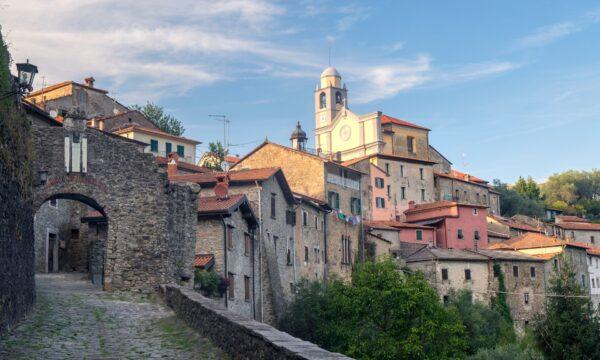
She gifted me a family recipe for torta di riso carrarina, a rice pudding cake belonging to the culinary traditions of that area. She told me they bake this cake for Easter or for Italian Liberation Day, on the 25th of April.
When having an oven in a household was rare, the women would bring large aluminum trays filled almost to the brim with torta carrarina to their local bakeries the day before the holiday. Each tray was marked with the family initials—heaven forbid you brought back someone else’s cake. The day after, the women would collect their baked cakes, now cold and set, and bring them home to share with their families to celebrate.
Two Comfort Foods in One
When you slice into a torta di riso carrarina, you find three layers: caramel on the bottom, which seeps into a layer of rice pudding, finally topped with a wobbling layer of custard.The rice pudding layer rang the first bell of familiarity.
Rice-based treats are humble family desserts, both economical and versatile. A handful of rice goes a long way when cooked in milk, enriched with a few tablespoons of sugar and a couple of eggs. The mixture can be served soft and warm, as in a comforting pudding, or it can become fritters, the filling of a shortcrust pastry shell, or even a cake on its own if baked in a mold. Depending on the creativity of the home cook, it might be infused with vinsanto, aniseed liquor, raisins, or orange or lemon zest.
In my family, we all love a good rice pudding cake. We bake it often, to celebrate family gatherings or birthdays.
The custard layer brought to mind latte alla portoghese, or creme caramel, a wobbling egg and milk pudding with a thick layer of dark caramel on the bottom. The pudding is baked in a tray in a bain-marie until barely set and deep golden. The aromas are unique and conflicting: lemon zest and coffee. Who would pair them in any other situation? Yet they work like magic in latte alla portoghese.
In my family, latte alla portoghese is one of my grandma’s pièces de résistance, a recipe handed down from generation to generation.
A Look at the Ingredients
12 Eggs
This is the number of eggs required to make the torta di riso carrarina. Don’t be scared—you’ll get a family-sized cake, the kind suited to those traditional large, multigenerational families living under the same roof. If your household is smaller, know that any leftovers only get better after a couple of days in the fridge.As in every peasant cooking recipe, there’s a reason for every ingredient used. The women were frugal and purposeful with their ingredients, even for the holidays. Spring is the season when chickens start laying eggs again, after the cold months, so the women could easily find themselves with a surplus of eggs. Therefore, they could splurge on them to celebrate the holidays, and the end of the most challenging months in the countryside.
The Aromas
The aromas of the cake are those typical of Easter time in Tuscany.First, there is lemon zest, that practical and ubiquitous flavoring, also predominant in humble pastry cream and latte alla portoghese.
Then, there is anise or anise liqueur, also key in the Tuscan schiacciata di Pasqua and many other regional treats, such as brigidini, thin, crisp, sugary wafers flecked with aniseeds.
Angela’s Torta di Riso Carrarina
Follow Angela’s recipe to make this festive Tuscan cake. Make it a day in advance and let it rest in the fridge overnight before serving, drizzled with the leftover caramel in the pan.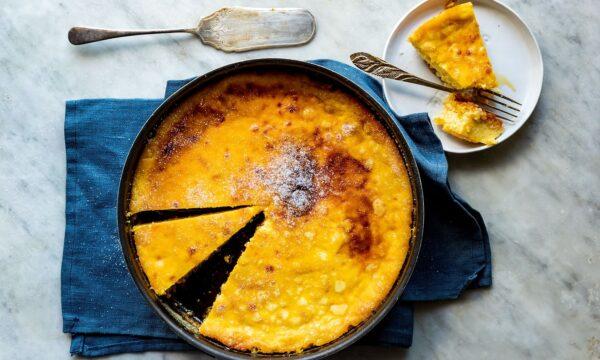
- 3/4 cup short-grain rice
- 1 teaspoon coarse sea salt
- 12 eggs
- 4 1/4 cups whole milk
- 1/4 cup anise liqueur
- 2 1/2 cups sugar, divided
- Zest of 1 organic lemon
- Pinch of fine sea salt
- 1 peppermint candy, crushed
Break the eggs into a large bowl, pour in the milk and the anise liqueur, then add 2 cups sugar, the grated lemon zest, the crushed peppermint candy, and the fine sea salt. Stir slowly with a wooden spoon until the sugar is completely dissolved. Do not use a whisk, as we have to avoid incorporating air into the batter. Set aside.
Pour the remaining 1/2 cup of sugar into a 12-inch round cake pan and melt it over medium heat, swirling the pan until it turns into an amber caramel. (Alternatively, melt the sugar in a saucepan and pour into the cake pan.) Let it cool completely.
Preheat the oven to 350 degrees F.
Press the cooked rice into the pan, on top of the caramel, and level it with a spatula. Slowly pour the batter into the pan, over the rice.
Bake for 50 minutes, until the custard is barely set and the cake is golden.
Let it cool completely, then refrigerate it overnight. The next day, slice the cake directly in the pan and transfer the slices to serving plates (do not try to remove the whole cake from the pan!). Spoon the caramel left in the bottom of the pan on top of each slice before serving.

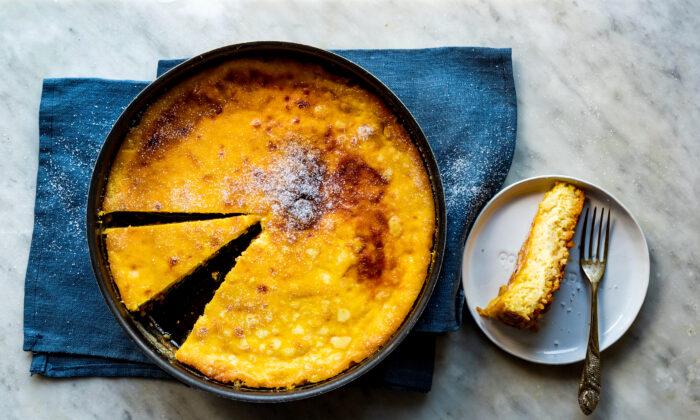
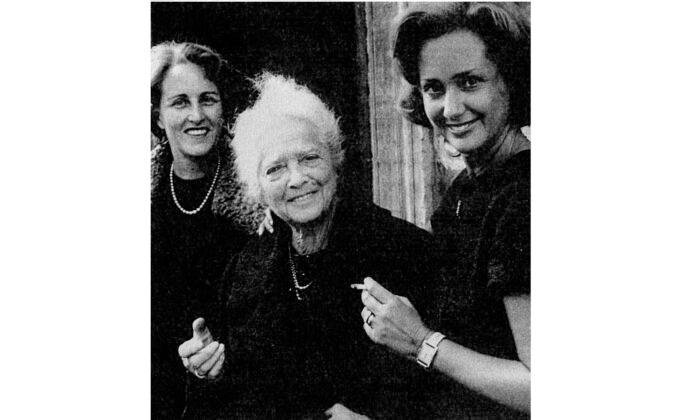

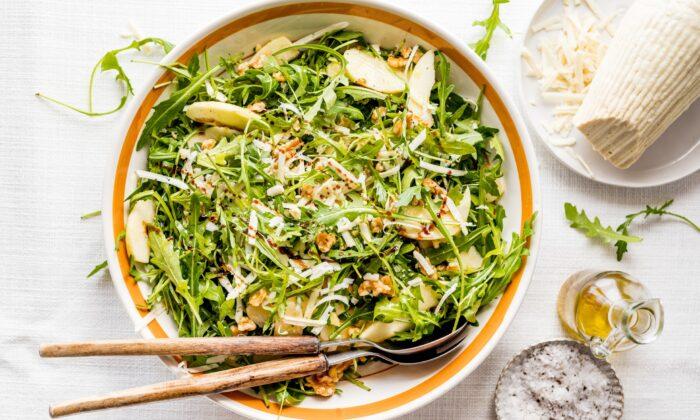
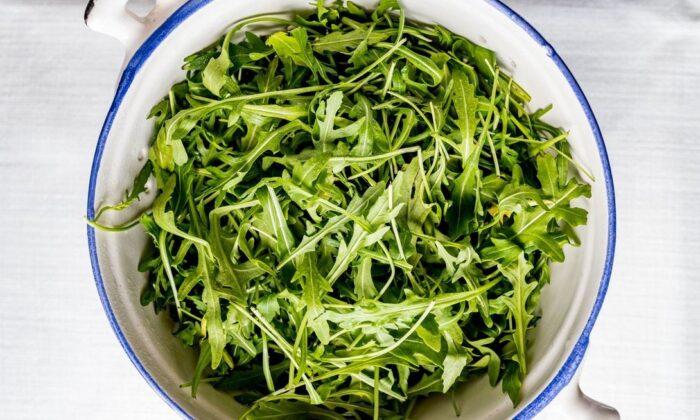
Friends Read Free